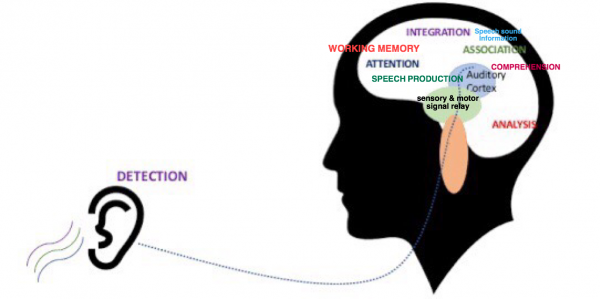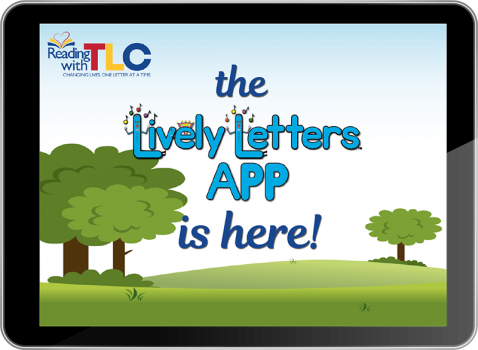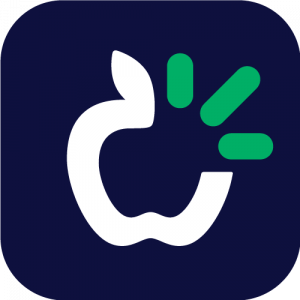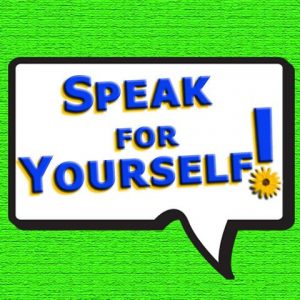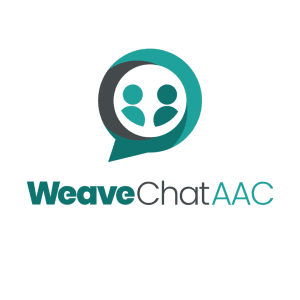Tips to teach conversation
My previous post which you can find here, outlined the different elements that are needed to have a conversation. A breakdown in any one of these skills can impact on having a conversation....
The art of conversation
Conversation relates to how we interact socially with others. Conversation is "the exchange of news and ideas between two or more people." A speech-language therapist may refer to conversational...
Play without Toys
There are so many toys that get pumped by the media as being 'necessary' because of their educational value. In an effort to do what is best for their child, many parents run off to buy the new toy...
Life-lessons from laryngitis: What it taught me about AAC
Having no voice has taught me some life lessons. It has given me some perspective of what it must be like to be an AAC (augmentative, alternative communication) user.
Auditory Processing Disorder
Recently, I have noticed an increase in the number of children 'diagnosed' with auditory processing disorder. Some of these children are being referred to me for further assessment. I am grateful...
Lively Letters making learning to read fun
Lively Letters is a reading program that turns abstract letters and sounds into lively, colorful characters. Sometimes, despite all the input, and different reading programs I use with children,...
`Proloquo2Go
TouchChat with WordPower
Snap+Core First
Grid for iPad
SpeakforYourself[
WeaveChat
AAC is short for Augmentative and Alternative Communication
Source: AssistiveWare
Communication devices, systems, strategies and tools that replace or support spoken language are known as augmentative and alternative communication (AAC). These tools support a person who has difficulties communicating using speech.
The first “A” in AAC stands for Augmentative Communication. When you augment something, you add to it or supplement. Augmentative communication is when you add something to your speech (eg. sign language, pictures, a letter board). This can make your message clearer to your listener.
The second “A” in AAC stands for Alternative Communication. This is when you are not able to speak. It is also when your speech is not understood by others. In this case, you need a different way to communicate.
Basically, AAC can be tools, systems, devices or strategies. These tools help a person communicate, when they cannot rely on speech. Perhaps your child has not started talking. Perhaps you have lost your ability to speak. Perhaps your speech comes and goes. Maybe speaking is harder than other ways to communicate. AAC can help.




